Rock the Bricks: Max’s Kansas City/Union Sq. Neighborhood - by Larry Ross
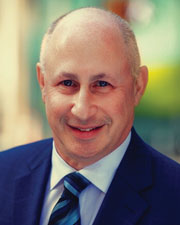

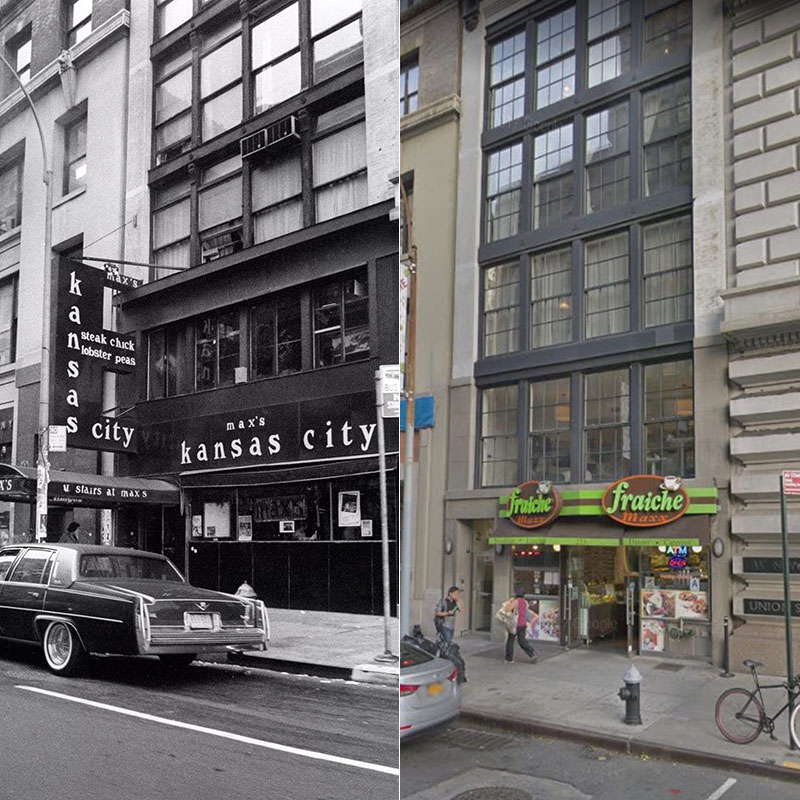
213 Park Avenue South - Manhattan, NY
Historic Max’s Kansas City opened in 1961 by Mickey Ruskin at 213 Park Ave. South, between 17th and 18th Sts. in the Union Square area of Manhattan. It originally opened as a steakhouse and was known for its famous chickpeas and red vinyl booths. It was a popular gathering spot for poets, artists, celebrities, fashion designers, filmmakers, and political figures. Emerging artist Andy Warhol was a regular and referred to Max’s as a place “where pop art and pop life came together.” The room was energized by an eclectic and eccentric glam crowd. In the 1970’s it gave birth to the underground music scene where bands such as the Velvet Underground, Iggy Pop, and the New York Dolls could be heard playing in the upstairs area. Musicians such as David Bowie, Mick Jagger, Bob Dylan, and John Lennon could be seen mingling with models, celebrities, and writers. Bruce Springsteen even played several acoustic sets there early on in his career and was also the site of Aerosmith’s first New York City gig.
It was located near Union Square Park, which opened in 1839 and was a refuge for business during the yellow fever epidemic. Also a potter’s field, it eventually became a “public commons” for the city called Union Place. A fountain was built at the center to receive water from the Croton Aqueduct. Three and four-story brick rowhouses dotted the streets, and the Everett Hotel on 17th and 4th was home to one of the city’s most fashionable hotels. The Rialto, which was NYC’s first commercial theater district was also home to the Academy of Music which still stands and is currently being redeveloped. At the turn of the century the area was largely residential, however it began to lose its social cachet and became more of a commercial and transportation hub with elevated railroad lines running nearby. Mansions were either torn down or converted into tenements. A hub for artists, the area was also dominated by famous department stores such as S. Klein and Ohrbach’s. In the 1920s real estate values in the area declined with questionable businesses such as burlesque houses and shooting galleries circling the square. The park became a frequent spot for protests, memorials, and parades, and eventually drug users which made it unsafe. One of the most important projects in the late 1980s was the development of Zeckendorf Towers which helped launch the area’s comeback. As the real estate market improved in the mid to late 1990s, the park was cleaned up and the Greenmarket was created. It has become a destination spot once again with a whole slew of new condo projects in the area.
By the end of 1974, Max’s popularity had waned. In 1975, under new ownership, it became one of the birthplaces of punk rock and new wave, where such acts as Patty Smith, Blondie, the B-52’s, and Joe Jackson all performed. The building is and remains a five-story mixed-use property which was built around 1900. After it closed, it became the campaign headquarters for New York City mayor Ed Koch and is now home to a Korean and American deli.
Larry Ross is the founder and CEO of LJR Realty Associates, New York, N.Y.
AmTrustRE completes $211m acquisition of 250 Madison Ave.


Strategic pause - by Shallini Mehra and Chirag Doshi
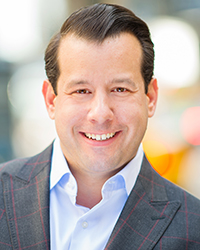
Lower interest rates and more loan restructuring can help negate any negative trending of NOI on some CRE projects - by Michael Zysman

Lasting effects of eminent domain on commercial development - by Sebastian Jablonski



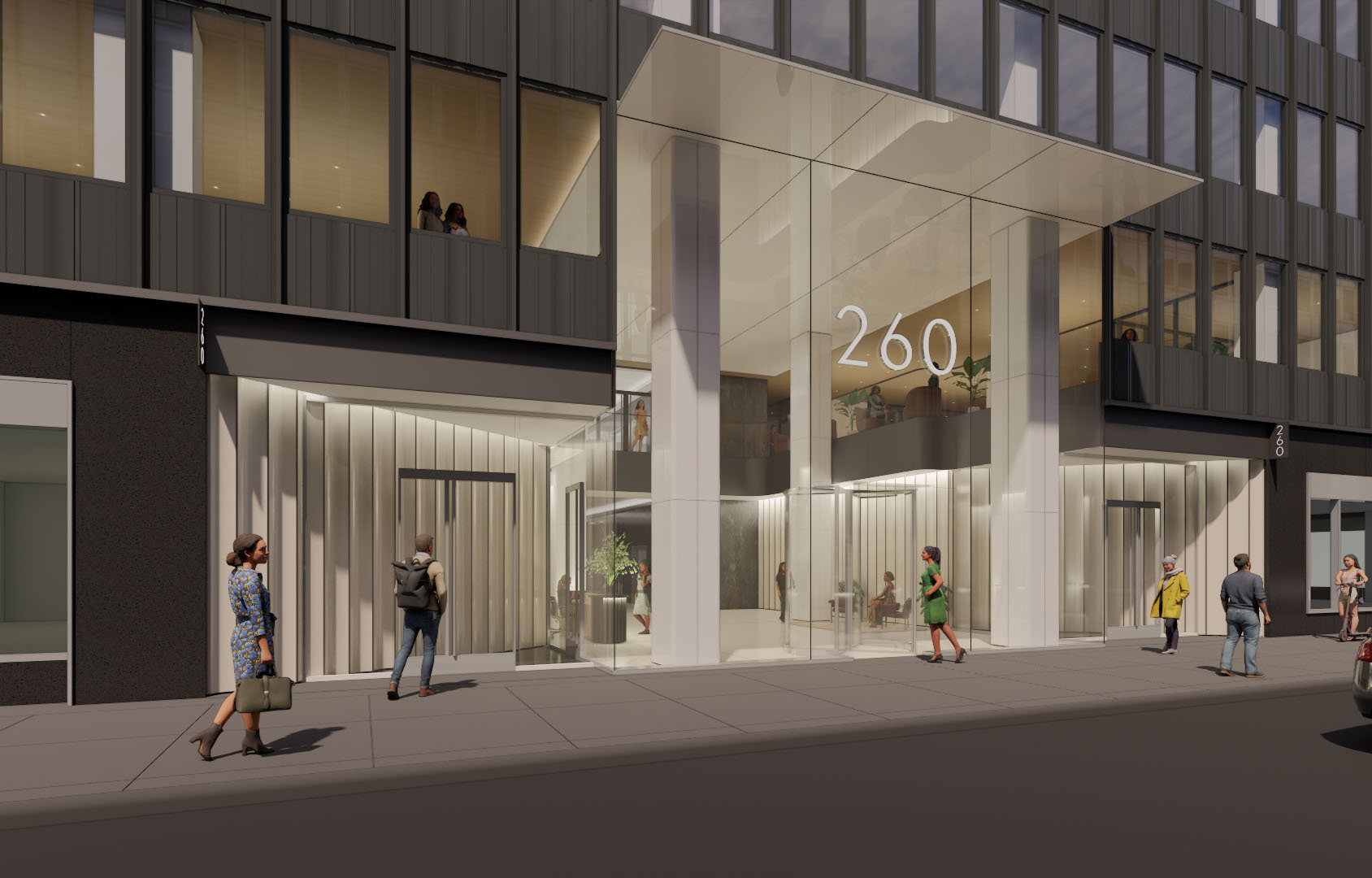
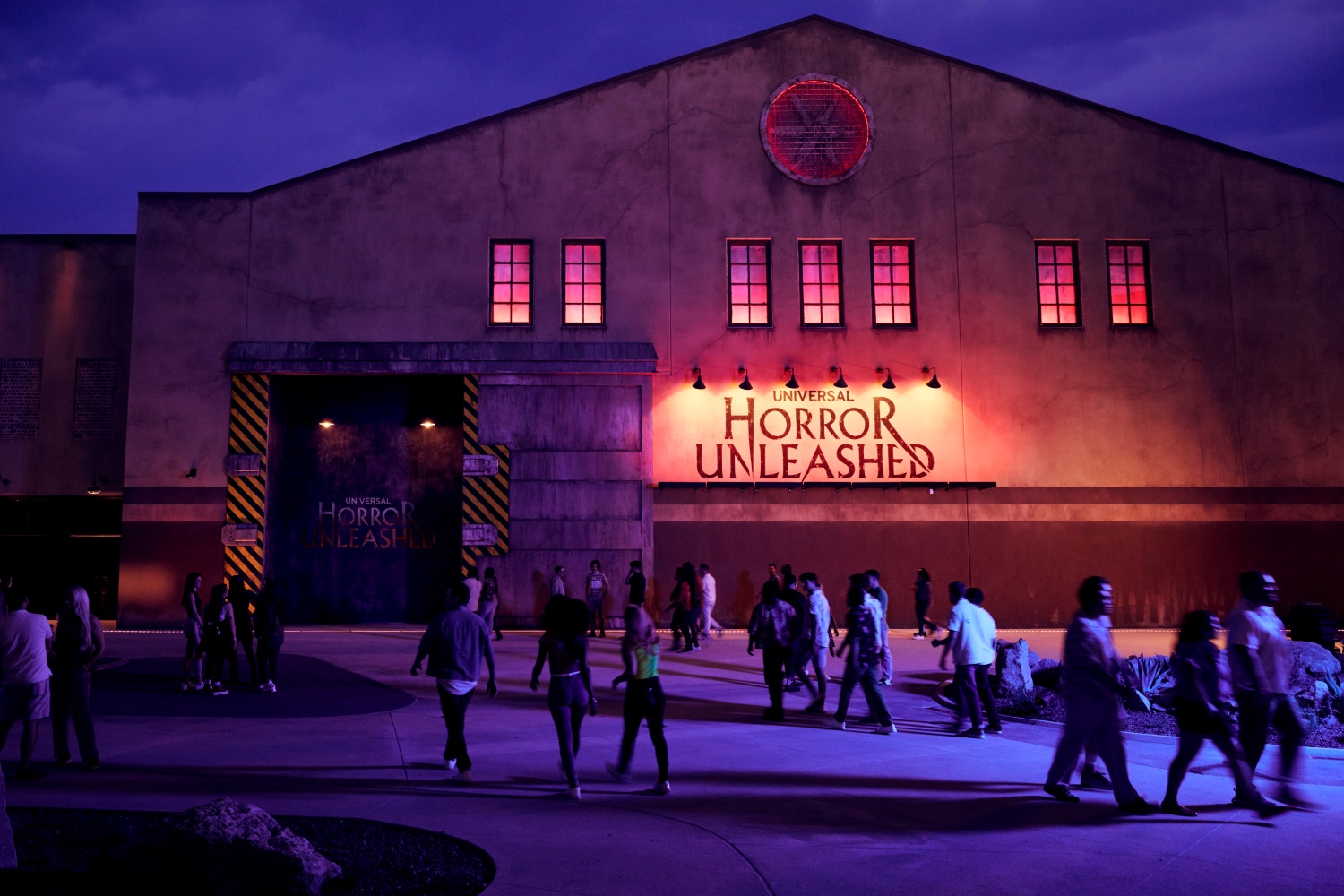


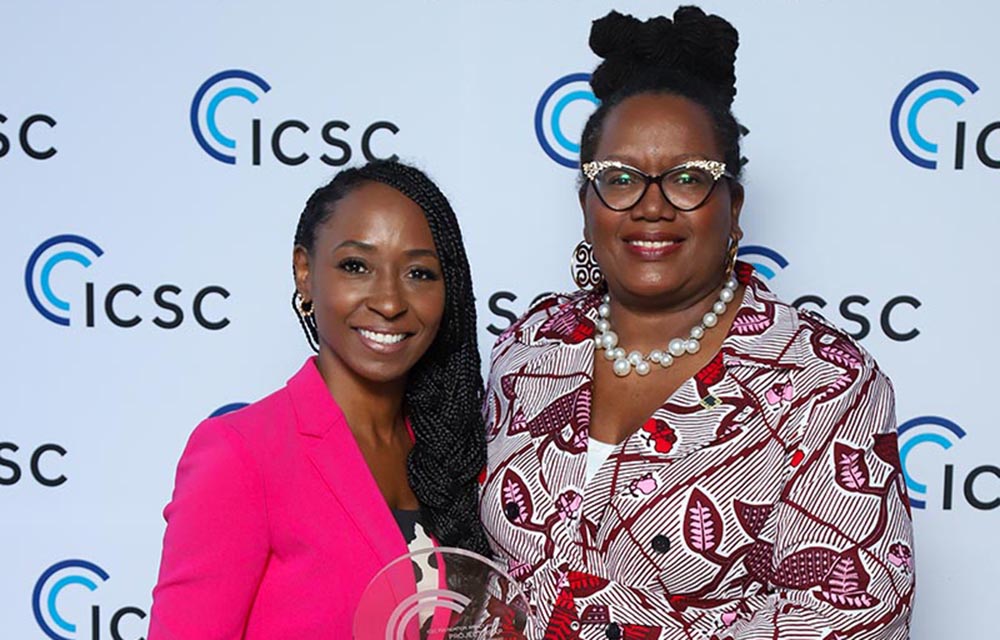

.jpg)
.gif)
.gif)